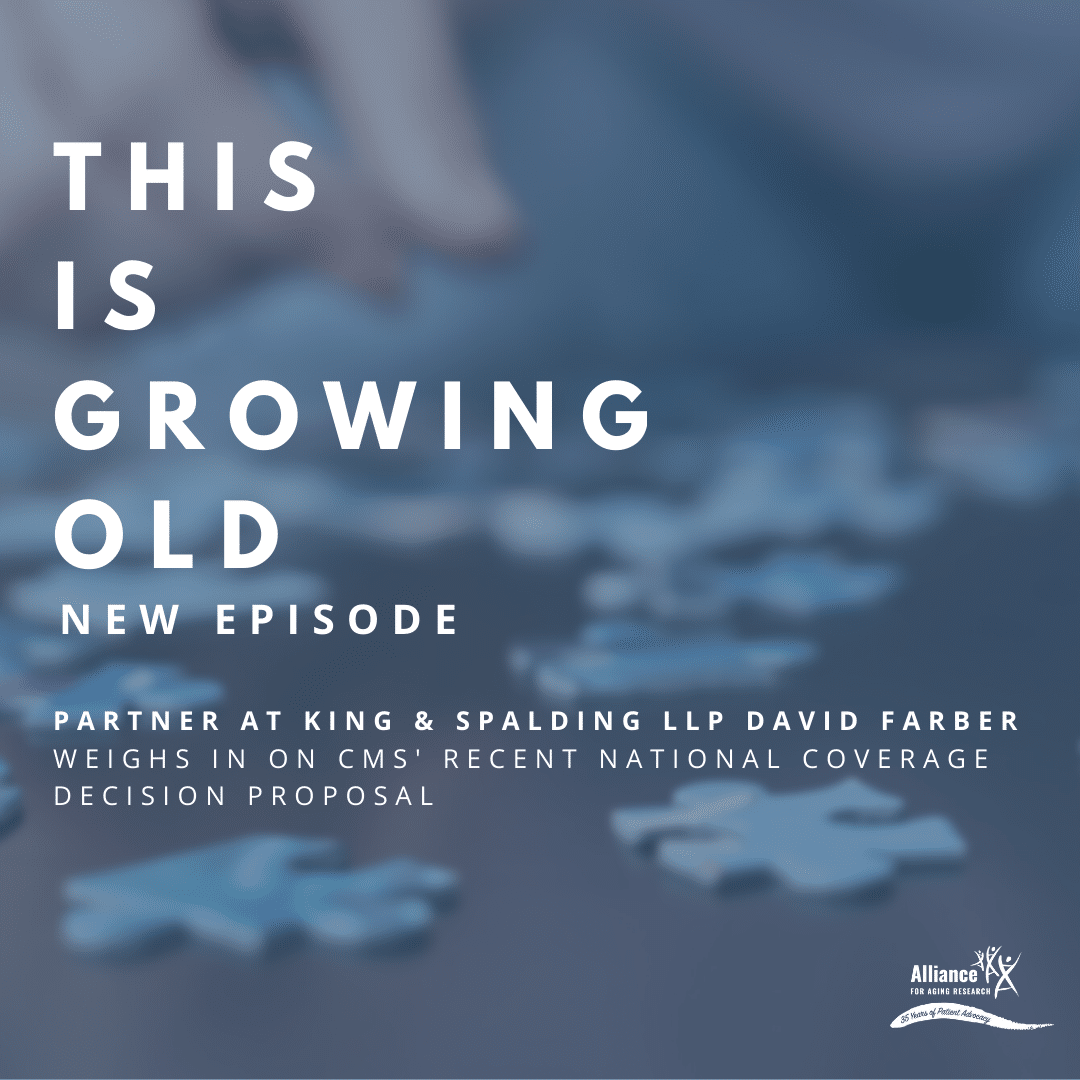
The Center for American Progress (CAP) released a report today claiming that the use of Lucentis for the treatment of age-related macular degeneration (AMD) wastes $1 billion a year. If you speak with anyone who has watched a loved one lose their vision to AMD, you would not think that proper treatment of this disease is a “waste.” AMD is a progressive eye disease that predominantly affects older people. In my grandfather’s case, it robbed him of his ability to drive a car and also took away simple joys that kept him connected to the world like reading the newspaper, watching the nightly news and Turner Classic Movies, and even engaging in coffee conversations around the dinner table.
CAP’s report is based on Centers for Medicare & Medicaid Services Medicare physician payment data which included Lucentis, the drug approved by the Food and Drug Administration (FDA) to treat AMD, as one of the highest-volume costs in the data set. However, the CAP report focuses only on the cost of the drug as the cause for the high utilization rate, rather than the increasing number of older people who are requiring treatment for AMD as a result of advancing age and the graying of the population.
The report would have you believe that the solution for slashing this $1 billion price tag is to promote the off-label use of a similar drug called Avastin, approved by the FDA to treat cancer. The off-label use of Avastin costs 40 times less than Lucentis per injection but the dirty truth is that many of these injections of Avastin are produced in compounding pharmacies that are not regularly inspected by the FDA. Because of lower standards for purity and a lack of inspection for compounding pharmacies, off-label use of Avastin for the treatment of AMD has been linked to more extensive and premature blindness. Reports of these complications have been in the news since 2011, when the New York Times first called attention to this unsafe practice. Unfortunately, the scope of recent legislation passed to improve oversight of compounding pharmacies does not extend to those producing injections of Avastin for AMD. The most recent report of contaminated lots of Avastin intended for AMD treatment was just last year. The injections originated in a Georgia compounding pharmacy.
This is one of those cases where if the solution sounds simple you need to look deeper because it probably is too good to be true. Those of us who want more independence and improved quality of life for people as they grow older need to look beyond the cost of a drug. We don’t have the luxury of turning a blind eye on what is best for patients.






